Adventure motorcycles are designed for versatility, enabling riders to tackle a variety of terrains. With their powerful engines, sturdy frames, and ample storage space, these bikes are perfect for long-distance journeys. However, preparing for such trips requires careful planning and preparation. Riders must ensure they are adequately equipped for both the bike and themselves. In this article, we will discuss essential steps to prepare for long-distance riding on an adventure motorcycle, focusing on bike maintenance, safety gear, route planning, and physical preparation.
Understanding Your Motorcycle
Importance of Familiarity with Your Bike
Before embarking on a long-distance ride, it is crucial to have a thorough understanding of your adventure motorcycle. Familiarity with the bike’s features, controls, and maintenance needs ensures a safer and more enjoyable experience. Riders should know how to operate the motorcycle’s various components, such as the throttle, brakes, and clutch.
Additionally, understanding the motorcycle’s technical specifications aids in anticipating its performance on different terrains. For instance, knowing the bike’s fuel capacity and average mileage is vital for planning fuel stops along the route. Familiarity with your adventure motorcycle builds confidence that can significantly enhance the riding experience.
Performing a Pre-Ride Inspection
A pre-ride inspection is an essential step in preparing your adventure motorcycle for long-distance travel. This check should include assessing the tire pressure, brakes, lights, signals, and fluid levels. Begin by inspecting the tires for proper inflation and any signs of wear. Properly inflated tires improve handling and traction, crucial for both safety and performance.
Next, check the brake fluid and ensure the brake pads are in good condition. Testing the lights and signals is also vital to ensure visibility and safety. Finally, inspect oil and coolant levels to avoid overheating or engine failure during the trip. Taking the time to perform these checks lays a solid foundation for a successful ride.
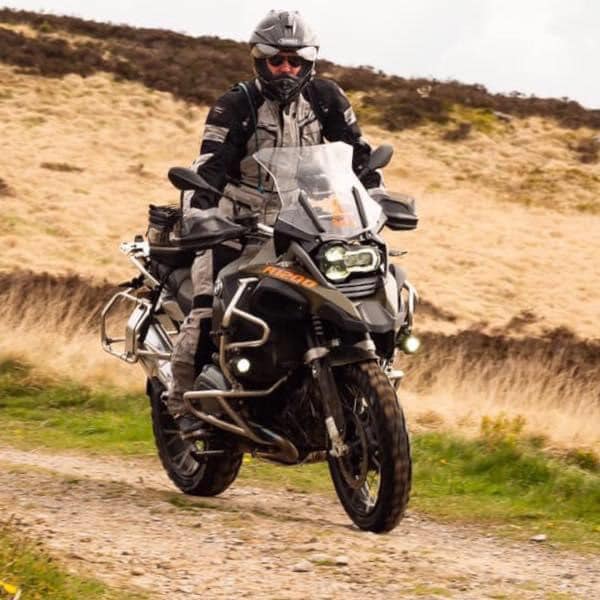
Packing Your Gear Wisely
Essential Riding Gear
Packing the right gear is a crucial aspect of long-distance adventure motorcycle travel. A high-quality helmet is non-negotiable for safety; it should fit comfortably while providing adequate protection. Look for a helmet that meets safety standards and features ventilation for comfort during long hours on the road.
In addition to a helmet, consider protective clothing. A suitable riding jacket with built-in armor can provide protection from scrapes and impacts. Similarly, durable riding pants made from abrasion-resistant materials are essential for comfort and safety. Gloves that offer both protection and dexterity are also a key consideration. Properly suited gear guards against various weather conditions and enhances the riding experience.
Organizing Your Packing
Efficiently organizing your belongings can make a tremendous difference during long rides. Start by listing everything you need for the journey, including clothing, camping gear, tools, and personal items. Packing light can make the ride more comfortable, as excess weight can affect handling.
Using waterproof bags or liners can help keep your gear dry in case of rain. Divide items into categories to make access easier. Keep essential items, like first-aid kits and snacks, within easy reach. The setup of your luggage will influence your overall riding comfort, so take the time to pack thoughtfully.
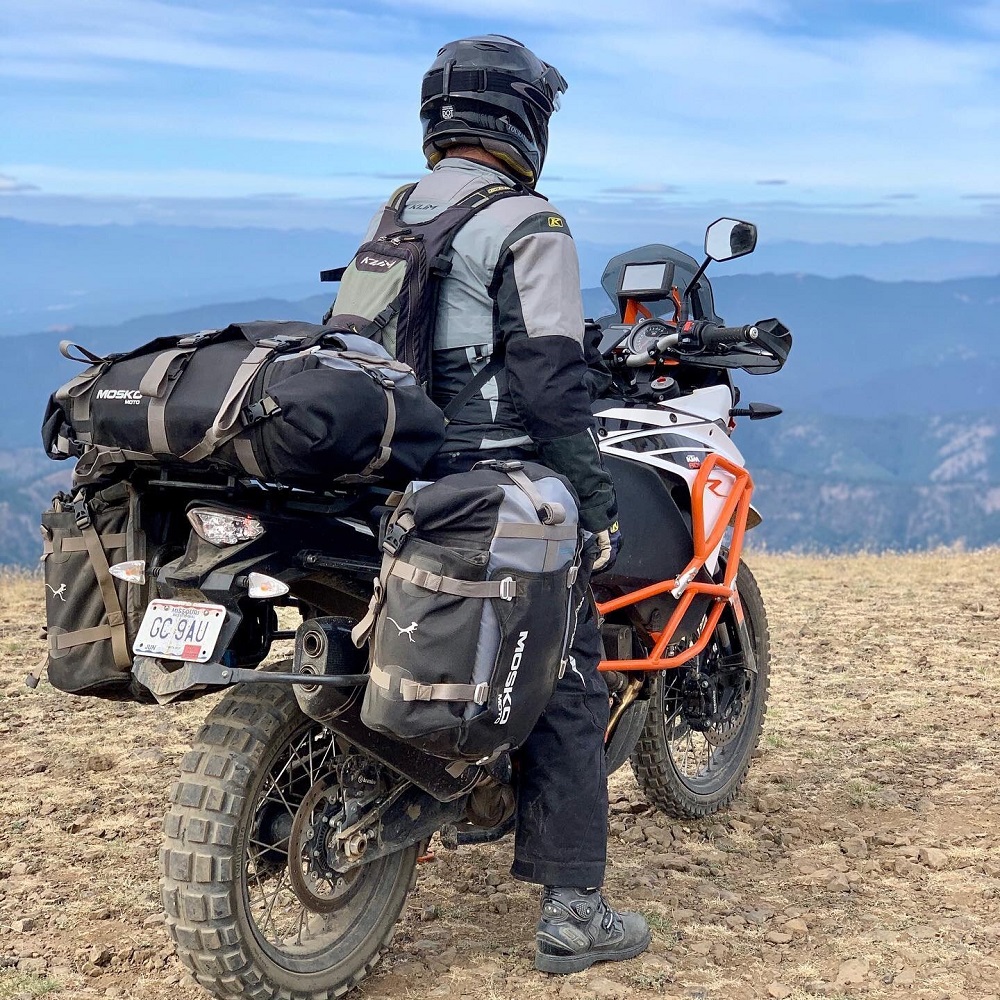
Planning Your Route
Selecting Your Route
Choosing the right route is critical for long-distance adventure motorcycle rides. Consider whether you prefer scenic roads or efficient highways. Scenic roads often offer breathtaking views that enhance the experience, while highways typically allow for faster travel. Think about what will make the journey more enjoyable for you.
Using mapping software or apps specifically designed for cyclists can be beneficial. These tools often provide information on road conditions, fuel stops, and points of interest along the way. Before heading out, ensure you have a detailed map or a reliable GPS unit saved to your device. Technology can be a reliable aid, but having backup options is always wise.
Time Management
Time management is vital when planning your journey. Estimate how long the ride will take, considering the terrain and your speed. Factor in breaks for food, fuel, and rest. It is crucial not to overexert yourself on long rides. Take breaks every couple of hours to stretch, hydrate, and relax.
Adjust your itinerary based on road conditions or unexpected events. Flexibility in your schedule can lead to a more enjoyable ride, allowing spontaneous stops to explore interesting sights. Having buffer time can alleviate stress and help you enjoy the trip fully.
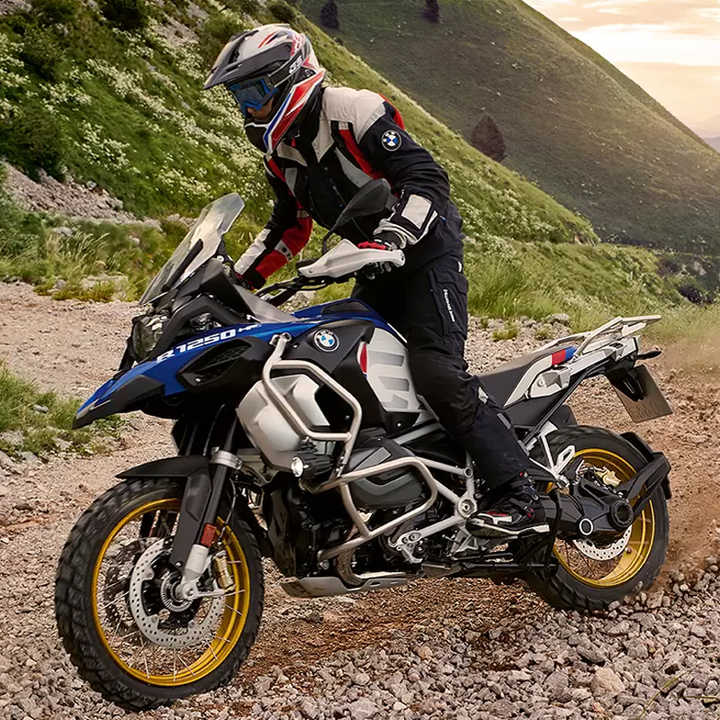
Understanding Weather Conditions
Preparing for Different Weather
Weather conditions play a significant role in long-distance adventure motorcycle riding. Riders must be prepared for varying climates, especially when traveling across different regions. Before hitting the road, check the weather forecast for each segment of your trip. Having knowledge of potential rain, high winds, or extreme temperatures is essential for safety and comfort.
Consider investing in a quality rain suit or weather-resistant gear. This gear offers protection from unexpected rain showers. Layering clothing can also help manage temperature fluctuations. A good base layer will wick moisture away, while an insulating layer provides warmth when temperatures drop.
Adjusting Riding Style
Adapting your riding style according to weather conditions is crucial. In wet or slippery conditions, reducing speed and increasing following distance can help maintain control. If visibility is low due to fog or rain, use proper lighting and signals to enhance safety. Always be mindful of road conditions, as wet surfaces can significantly impact traction.
Understanding how weather affects your motorcycle’s performance can help you respond appropriately. For instance, a heavily loaded bike may handle differently in crosswinds. Staying attentive to changes in the environment and adjusting your riding techniques ensures a safer journey.
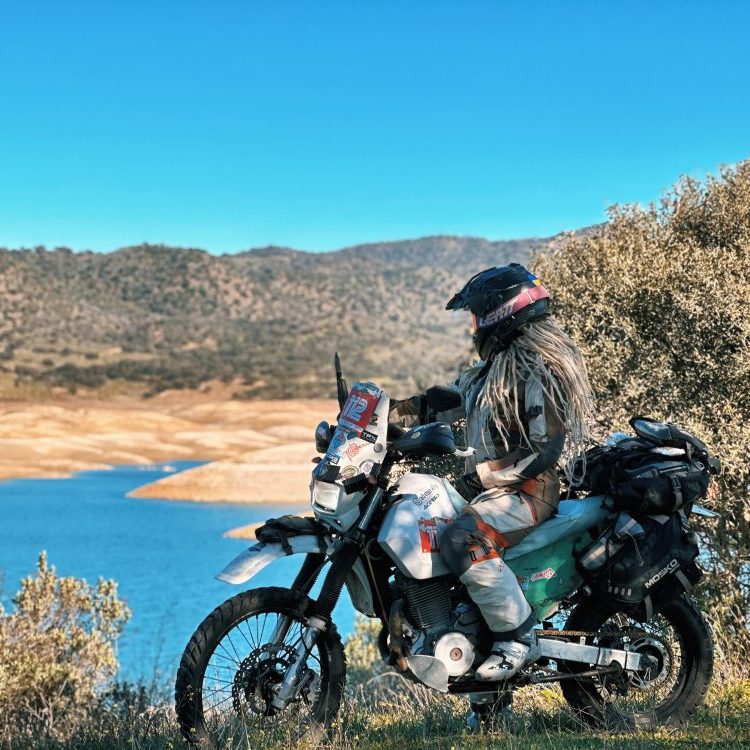
Physical Preparation for Long Rides
Building Endurance
Long-distance riding can be physically demanding. Riders should build endurance through regular practice before embarking on lengthy journeys. Training rides can help condition your body for the demands of long hours in the saddle. Start with shorter rides, gradually increasing duration and intensity as you become more comfortable.
Engaging in physical fitness routines that focus on core strength, flexibility, and overall stamina can enhance your ability to ride longer distances. Activities such as cycling, yoga, or strength training contribute positively to your endurance and flexibility on the motorcycle.
Managing Fatigue
Fatigue can significantly affect riding performance. It is essential to listen to your body and recognize signs of tiredness. Schedule adequate rest days leading up to your trip to ensure that you start the journey well-rested. Fatigue can reduce reaction times and impair decision-making, which is crucial when riding on roads.
During your journey, prioritize rest and hydration. Plan to stop every couple of hours or as needed. A short break that includes stretching and refueling can help rejuvenate both body and mind, making the ride more enjoyable overall.
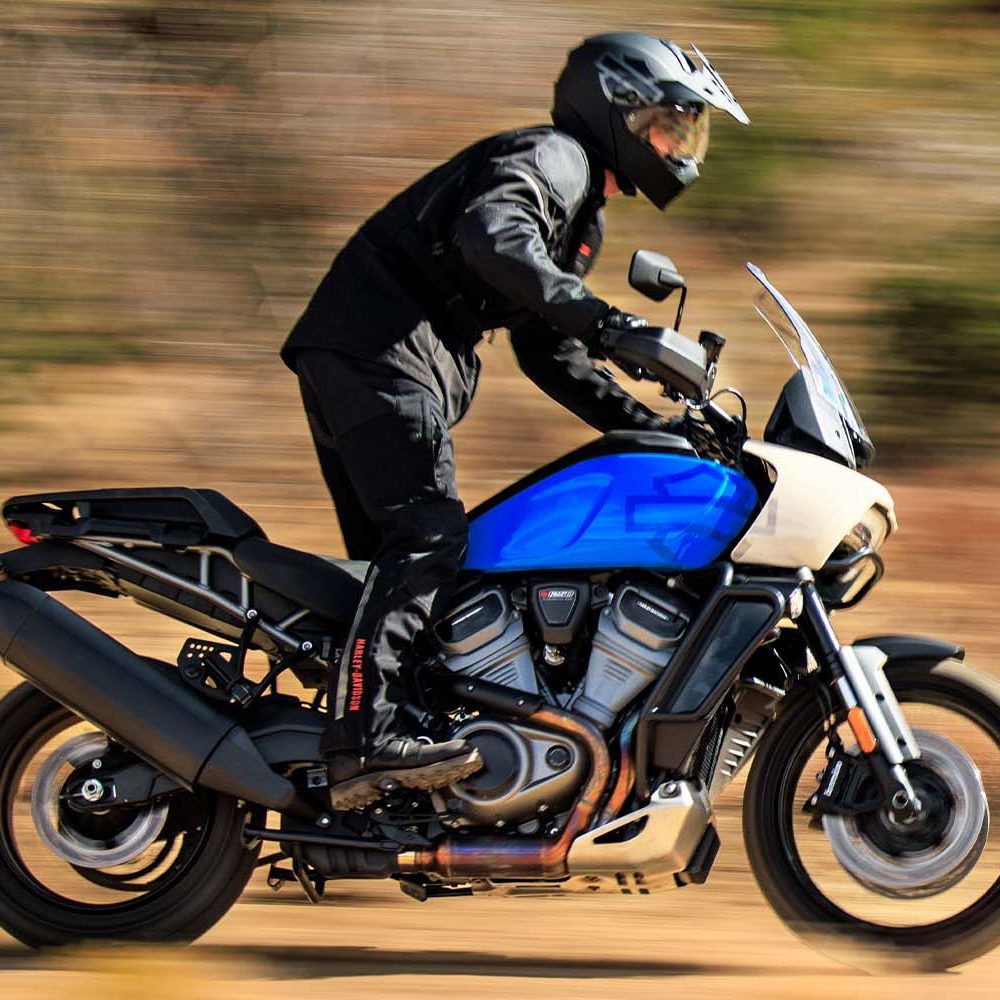
Safety Considerations on the Road
Staying Aware of Surroundings
Safety should always be the top priority during long-distance motorcycle rides. Staying aware of your surroundings is essential. Constantly scan the road for potential hazards such as potholes, animals, or debris. Recognizing potential dangers early can prevent accidents and allow for quick adjustments.
Using both mirrors effectively will give you a complete picture of the traffic around you. Keeping an eye on vehicles approaching from behind and observing the behavior of fellow riders is key to staying safe. Being aware of your surroundings can help you respond promptly and avoid potential issues on the road.
Emergency Preparedness
Being prepared for emergencies is vital for any long-distance rider. Carrying a basic tool kit can help you address minor mechanical issues that may arise during the trip. Ensure you also pack a first-aid kit to manage any injuries. Being familiar with basic first-aid techniques can be beneficial in case of an accident.
It’s recommended to share your travel plans with friends or family, including your expected route and schedule. Having a way to communicate, such as a mobile phone or satellite device, can be invaluable in case of emergencies.
Enjoying the Journey
Embracing the Experience
While preparation is key to a successful long-distance ride, it is also essential to enjoy the journey itself. Embrace the opportunity to explore new places, meet fellow riders, and partake in local cultures along the way. Adventure riding is as much about the experience as it is about reaching your destination.
Plan for stops at points of interest, local eateries, or scenic viewpoints. These moments can enrich your journey and create lasting memories. The spontaneity often leads to the most enjoyable experiences during a ride.
Reflecting on the Ride
After a long-distance journey, take the time to reflect on your experience. Consider what went well, what challenges you faced, and what you learned along the way. This reflection can help improve future rides and enhance overall riding skills.
Sharing your experiences with fellow riders can also be beneficial. Discussing different routes, equipment, and techniques can inspire improvement and build camaraderie in the motorcycle community. Cherishing every ride and learning from each adventure makes you a more seasoned and confident rider.
Conclusion: Ready for the Open Road
In conclusion, preparing for long-distance riding on an adventure motorcycle involves careful planning, proper gear selection, and physical conditioning. Understanding your bike, packing wisely, and planning your route are all essential components of a successful journey.
By taking the necessary precautions and preparing for various riding conditions, you can ensure a safe and enjoyable adventure. Embrace the road and the experiences it brings. With the right preparation, the open road awaits for an unforgettable journey on two wheels. Happy riding!
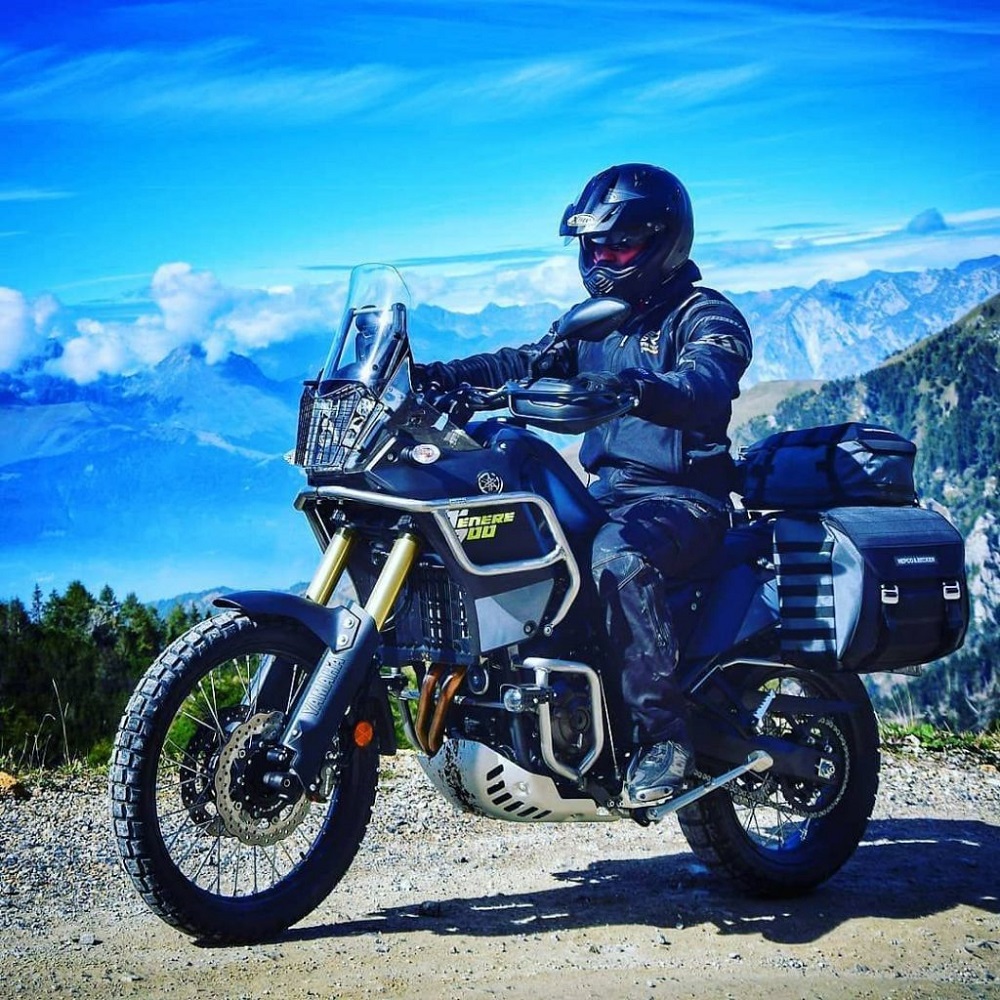
Leave a Reply